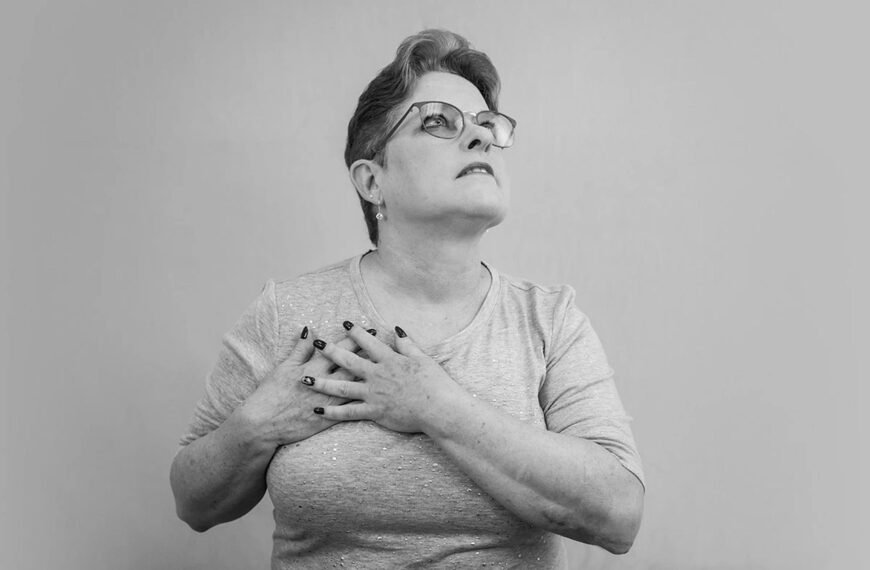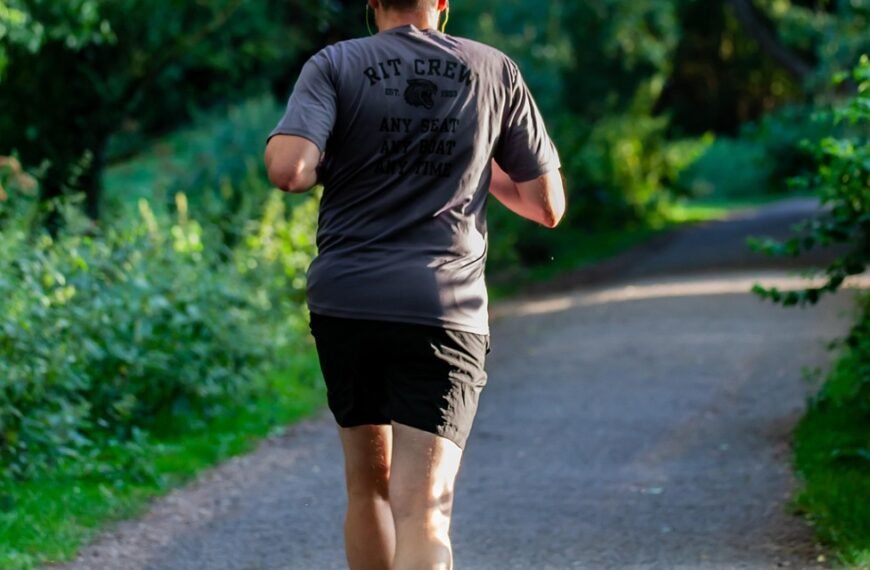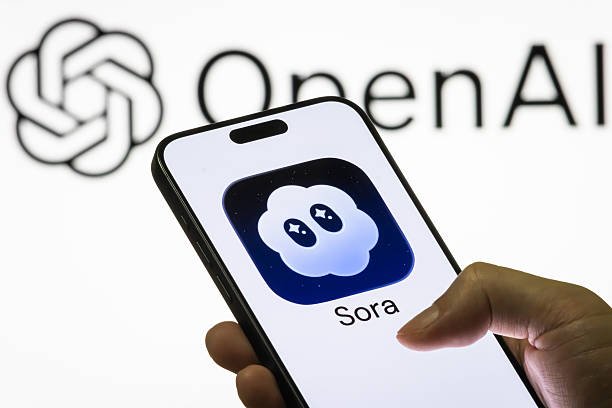Anxiety is becoming a growing concern among young men, especially in Australia. One in five Australian men will experience anxiety in their lifetime, yet many go undiagnosed. A major reason is the stigma and misunderstanding around what anxiety really looks like for men. Many men feel they need to hide their emotions, stay strong, and appear fearless. As a result, they often don’t recognize their symptoms or feel unsure how to describe them.
Recent research shows that some young men are reaching out to ambulance services when anxiety symptoms become too overwhelming. In some cases, they believe they are having a heart attack. These intense physical symptoms are a common reason men call for emergency help rather than seeking support from a GP or psychologist earlier.
A study in Victoria, Australia, reviewed nearly 700 ambulance reports for men aged 15 to 25. It found that many of these young men had never seen other men ask for help. From a young age, boys are often taught to be tough and hide vulnerability. This creates a belief that asking for help is a sign of weakness. When anxiety isn’t discussed openly, many men miss early changes to get help. Even though there’s more awareness around men’s depression today, anxiety is still not taken as seriously.
The research highlighted three main types of ambulance calls caused by anxiety. First, many men experienced strong physical symptoms such as chest pain, shortness of breath, or muscle spasms, which felt like a serious health emergency. Second, some episodes were linked to substance use, where the anxiety either led to or was worsened by drugs like Valium. Lastly, many calls were related to ongoing mental health struggles, including suicidal thoughts and stress from problems like unemployment or relationship issues.
When paramedics respond, they often spend a lot of time trying to rule out physical issues. But after issues, they can only offer reassurance and breathing advice. They usually advice the person to follow up with a doctor or mental health professional. Unfortunately, many young men don’t take that next step due to stigma, shame, or a belief that anxiety doesn’t fit with being “a real man”.
This cycle often leads to more serious problems. Without ongoing support, these young men may call for help again, but with worse symptoms.
To make a real difference, we need to start more conversations about anxiety in men. There should be public campaigns to raise awareness about how anxiety affects men and to normalize seeking help. Clinicians should also be trained to better recognize anxiety symptoms in men, as they often appear differently from those in women. Easy-to-access online resources and tools can help young men understand their feelings and guide them toward early support.
Understanding anxiety in men and offering early help can stop the cycle before it becomes a crisis.


















